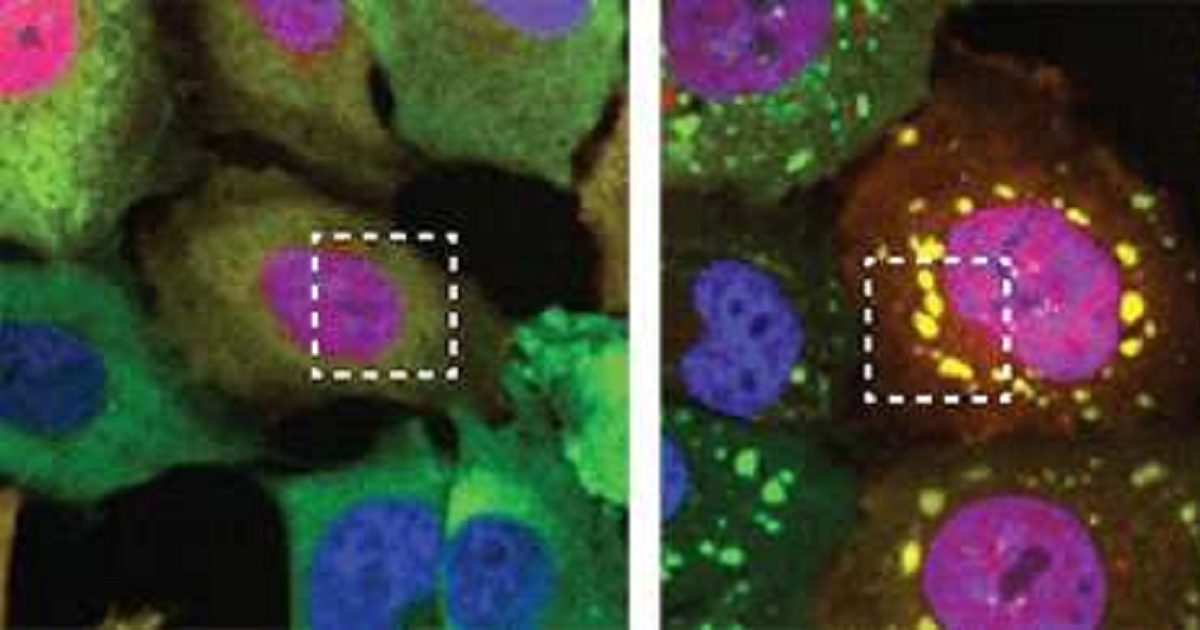Protein clumps in ALS neurons provide potential target for new therapies
Medicalxpress | July 01, 2019

Amyotrophic lateral sclerosis (ALS) is a neurological condition that affects motor neurons—the nerve cells that control breathing and muscles. Under a microscope, researchers have noticed that the motor neurons of patients with ALS contain excessive aggregation of a protein called TDP-43. Since TDP-43 proteins stuck in these aggregates can't perform their normal function, the scientists believe this build-up contributes to motor neuron degeneration, the hallmark of ALS. In a study publishing July 1, 2019 in Neuron, UC San Diego School of Medicine researchers discovered that prolonged cellular stress, such as exposure to toxins, triggers TDP-43 clumping in the cytoplasm of human motor neurons grown in a laboratory dish. Even after the stress is relieved, TDP-43 clumping persists in ALS motor neurons, but not in healthy neurons. The team then screened and identified chemical compounds (potential precursors to therapeutic drugs) that prevent this stress-induced, persistent TDP-43 accumulation. These compounds also increased the survival time of neurons with TDP-43 proteins containing an ALS-associated mutation. "These compounds could provide a starting point for new ALS therapeutics," said senior author Gene Yeo, Ph.D., professor at UC San Diego School of Medicine and faculty member in the Sanford Consortium for Regenerative Medicine.